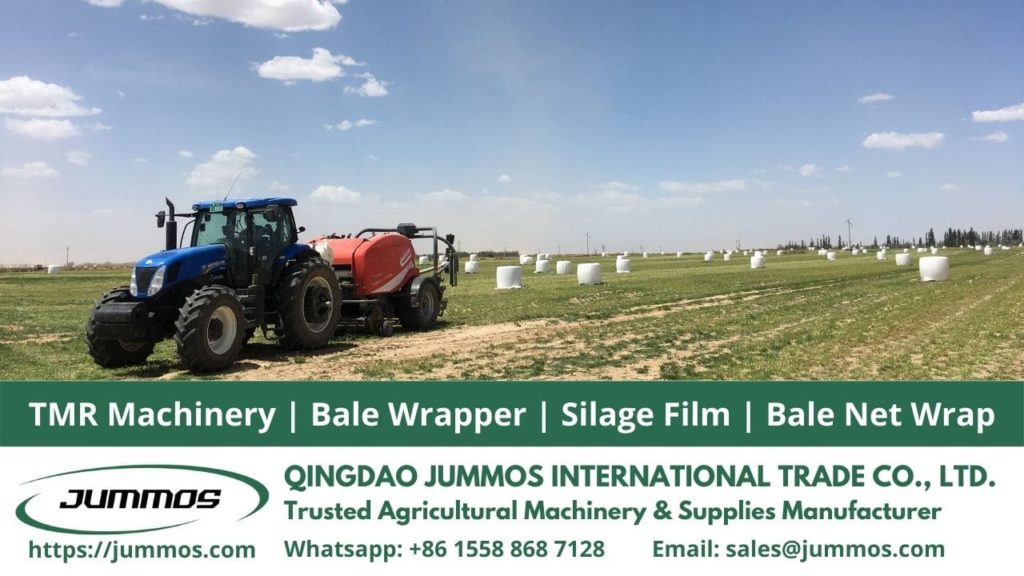To say that cattle feed is the most crucial aspect of running a farm is truly an understatement. This aspect is so important that a majority of costs will go just to procure feed that can sustain the animals’ basic needs. But it’s time you find out how to get the best out of your cattle without shooting your own feet in the process.
Some Tips on Cattle Feed You Can Give a Try
Find Out The Exact Nutritional Requirements Of A Cow
A good thing to know is the differences between animals of mid-and late-gestation stages. Calves in the mid-gestation stage don’t grow as rapidly as the ones of the later stage. This makes them require less. Animals of early lactation require more nutritional intakes, so they earn the spot for being prioritized.
- Test The Hay Before Using It
Not all hay is produced the same way. You may guess the feeding values of a bale of hay. But did you know that you can also bring the hay to a lab to get it tested? And if collecting hay samples is too daunting a task for you, the same lab may be willing to lend you the tool too.
- Choose The Right Kind Of Hay
If you’re willing to spare some time, there are online applications that offer you services to calculate which cattle feed you should go for. The tools require you to input the amount of hay you are thinking about. They then offer you an analysis of which product is of the best value. This is good news because you can now maximize the value while at the same time maintaining affordability to prevent yourself from overspending.
- Corn Stalks Should Suffice
This is especially true when it comes to reducing costs for feeding the animals during the colder months of the year. Cattle that graze corn stalks perform just as well compared to those that receive the same diet with supplemental feed in terms of rebreeding and calving.
- Consider Combo Cattle Feed Consisting Of Baled Stalks
A combination of corn residue and grains is perfect as it is a good source of energy and protein that is also low in cost.
- Allow Grazing By Corn Yield
The carrying capacity of the stalks increases accordingly if the yield gets higher. Also, you can do away with corn cobs. Cows don’t like eating corn cobs anyway.
- Animals In Confinement Are To Be Fed Less
This is because of their living arrangement. Being confined to a fixed space, they don’t require as much energy as when they are let out.
- Try Ammoniating The Bales Of Corn Residue
Try adding anhydrous ammonia to the cattle feed. This can help improve the feed’s protein levels. Use a tarp to cover the bales first before allowing the gas to permeate. The protein levels may go up to at least 9% through this method.
- Maximize Feeding In A Bunk
When you feed the animals on the ground, you risk losing 40% of the cattle feed. In a bunk, on the other hand, the percentage drops to just 5%.
- Discover Competitive Edge
In many businesses, farms are more profitable when they can come up with the lowest costs per head. Compare your resources to the planned system before running it. Also, don’t be afraid to test something different.
One Final Note
The safety of the cattle feed should also be another concern you need to tend to. Leaving the feed out in the open without proper protection is a surefire way to lose all the benefits, and you will end up wasting tons of cash in the process. Exposure to the elements is one factor to be aware of if you wish to preserve your feed for future usage.
Unprotected cattle feed is also easy prey for both rodents and birds as nothing is standing between them and their free food sources. You can wrap the feed in a plastic film wrapper.
Jummos is here to help you out on how you can produce the best feed for your cattle, and you can defend them from unwanted intruders. Ask us any questions related to how you can make the best out of the available resources, and we will do our best to provide you with guidance.

